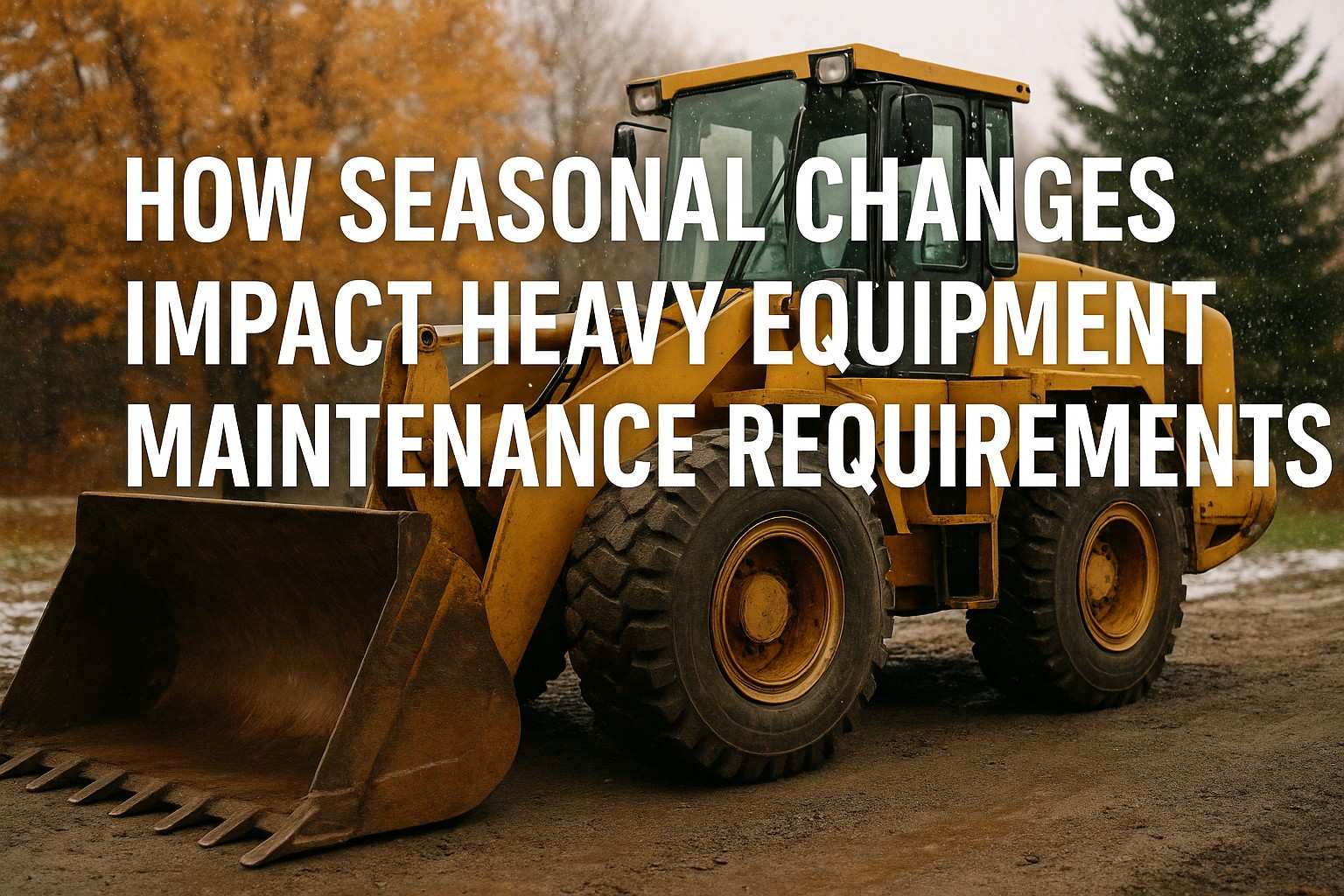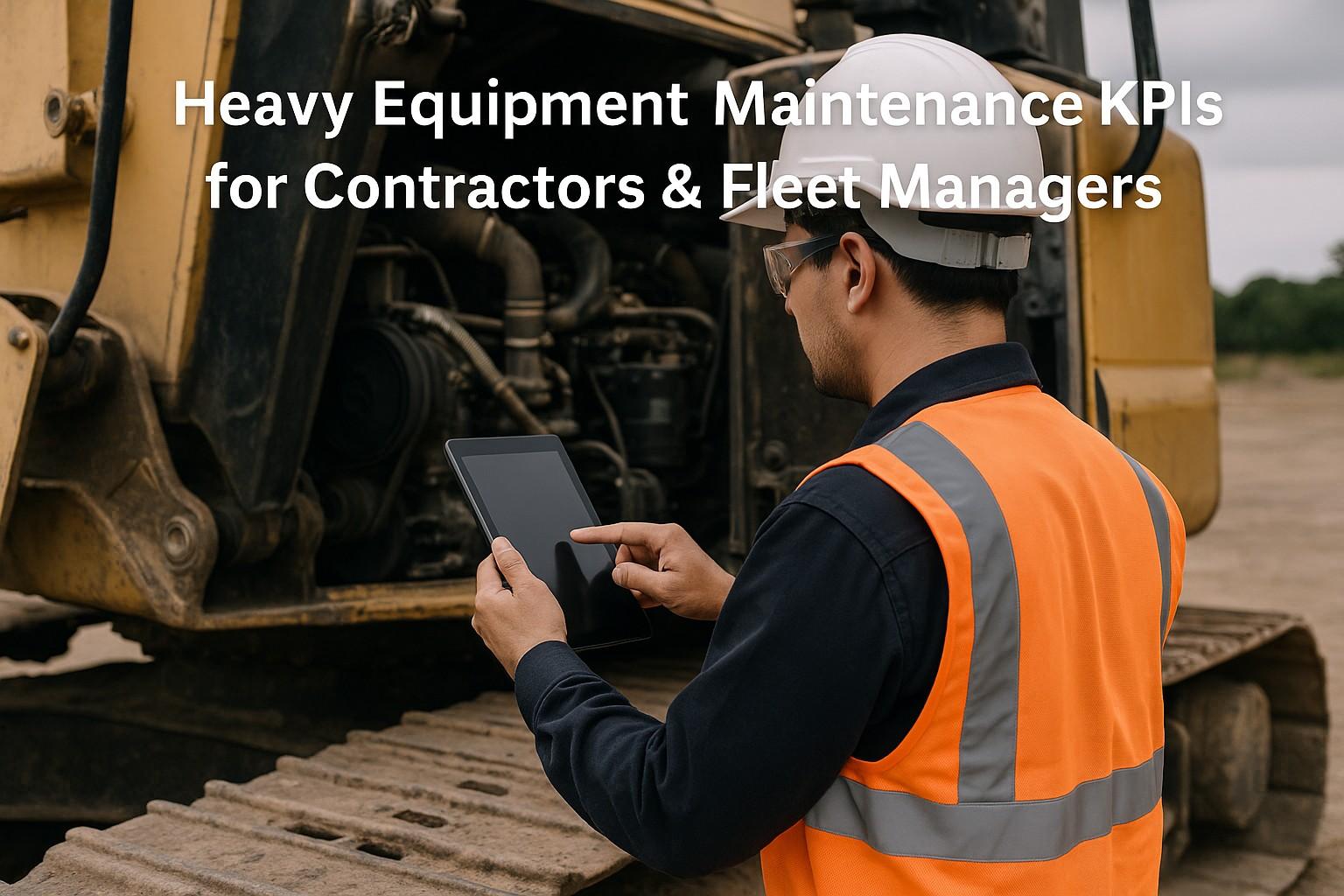Safety is paramount in any workplace. But traditional methods of incident reporting and reactive measures often fail to address underlying issues. Data analytics is emerging as a game-changer, offering insights that can transform safety programs from reactive to proactive.
Why Data Analytics is Essential for Workplace Safety
- Identify Hidden Patterns: Data reveals trends and correlations that might not be obvious through observation alone. This can pinpoint high-risk areas, activities, or times of day.
- Predict and Prevent Incidents: Machine learning models can analyze past data to forecast potential hazards, enabling preemptive interventions.
- Measure the Impact of Initiatives: By tracking key metrics over time, organizations can assess the effectiveness of safety programs and make data-driven adjustments.
- Optimize Resource Allocation: Data helps identify where to focus resources for the greatest impact, ensuring a more efficient and effective safety strategy.
How to Conduct Data Analytics for Workplace Safety
- Data Collection: Gather information from various sources:
- Incident reports: Details on accidents, near-misses, and hazards.
- Employee surveys: Feedback on safety perceptions and concerns.
- Equipment maintenance logs: Records of breakdowns and repairs.
- Environmental sensors: Data on air quality, noise levels, etc.
- Data Cleaning and Preparation: Ensure data is accurate, complete, and standardized for analysis.
- Exploratory Analysis: Look for initial patterns, correlations, and outliers.
- Statistical Analysis: Apply techniques like regression, clustering, or time-series analysis to identify deeper relationships and trends.
- Predictive Modeling: Develop machine learning models to forecast potential safety issues.
- Visualization: Create clear and actionable reports, dashboards, or alerts to communicate findings.
Tools for Workplace Safety Data Analytics
- Business Intelligence (BI) platforms: Tools like Tableau, Power BI, or QlikSense help visualize and analyze data.
- Specialized EHS software: Solutions like Enablon, Cority, or Intelex are designed for environmental, health, and safety data management.
- Data Science platforms: Python, R, or cloud-based platforms like Databricks offer powerful capabilities for advanced analysis and machine learning.
Features of Effective Data Analytics for Safety
- Real-time monitoring: Instant alerts for potential hazards.
- Customizable dashboards: Track key safety metrics relevant to your organization.
- Root cause analysis: Drill down to understand underlying factors behind incidents.
- Predictive modeling: Forecast risks and prioritize interventions.
- Integration with other systems: Connect safety data with HR, operations, and maintenance systems for a holistic view.
Overcoming Challenges in Data Analytics for Safety
- Data Quality: Ensure data is accurate and reliable. Invest in data cleaning and validation processes.
- Data Privacy: Protect sensitive employee information. Anonymize data and adhere to regulations.
- Change Management: Communicate the benefits of data-driven safety to gain employee buy-in.
- Skill Gap: Train staff or hire experts in data analysis to unlock the full potential of your data.
Quotes from Safety Experts
"Data analytics is the future of workplace safety. By understanding the 'why' behind incidents, we can create safer workplaces for everyone." – [Quote from a relevant safety expert]
Real-World Statistics
- Companies using predictive analytics for safety have reported up to a 20% reduction in incident rates.
- Organizations with mature safety data programs see an average ROI of 2.5 to 6 times their investment.
The Future of Data Analytics in Workplace Safety
- Wearables and IoT: Sensors embedded in clothing or equipment can provide real-time data on worker movements, fatigue, and environmental conditions.
- AI and Machine Learning: More sophisticated algorithms will improve predictive accuracy and offer personalized safety recommendations.
- Virtual and Augmented Reality: Immersive training simulations can prepare workers for hazardous situations.
Ready to unlock the power of data for safer workplaces? Download our free Safety Analytics Guide from the HVI APP and take the first step towards a proactive safety culture.
Ready to Take the First Step?
Get started now by learning more about how HVI APP can revolutionize your fleet automation.
Top 5 FAQs on Data Analytics for Workplace Safety
- What kind of data is useful for workplace safety analysis?
Incident reports, near-miss data, employee surveys, equipment maintenance logs, environmental sensor readings, and more. - Do I need a data scientist to implement safety analytics?
While data scientists can be helpful, many user-friendly tools exist that don't require advanced expertise. - Is data analytics only for large organizations?
No, businesses of all sizes can benefit from safety analytics. There are scalable solutions available to fit any budget. - How long does it take to see results from safety analytics?
Results can vary, but many organizations start seeing improvements in safety metrics within a few months of implementing data-driven strategies. - What are the privacy concerns with collecting employee data?
It's crucial to anonymize data, obtain consent where necessary, and adhere to data protection regulations.






